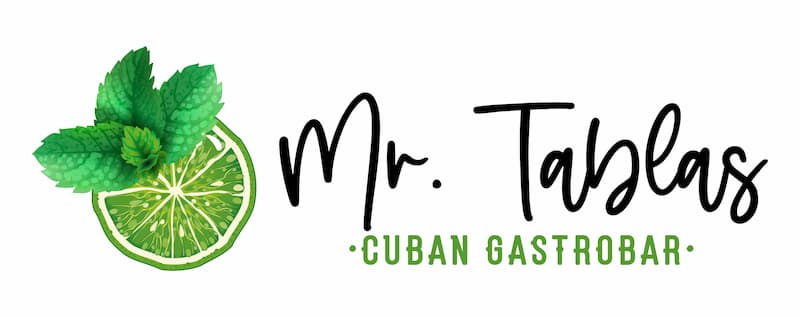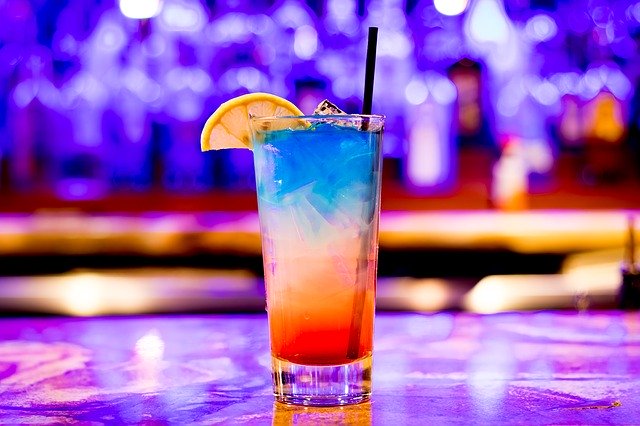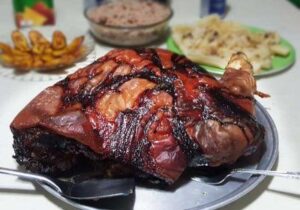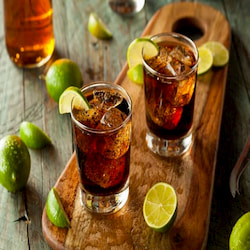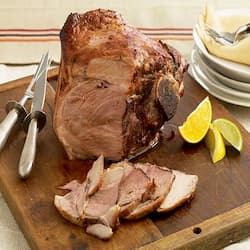The interest in Cuba’s drinking culture has always been sky high, with no shortage of coverage in the last decades. Cuban cocktail culture has existed long before the Americans arrived in droves to the Island and Cuban bartenders did not wait to be discovered by Hemingway to become famous all around the world. The common tale of Cuban culture being “Americanized” prior to 1959 misrepresents the degree of their particular appropriation of American culture. When we talk about drinks, we need to recognize that Cuban “cantineros” (bartenders) modified classic American drinks to suit the most refined palates, resulting in a canon of riffs that are uniquely Cuban.
In 1924 it was created in Havana the Club of Cantineros, an association of Cuban bartenders that aimed to unify and train its members to compete for jobs being doled out to Americans (by, among other things, providing English classes). Their first official manual, published in 1930, offers a look at just how far beyond the Daiquiri and the Mojito that the cantinero’s repertoire extended. The authors translated and corrected the original, trimmed the recipes deemed unsuccessful, and added 60 drinks—most of them Cuban originals.
While rum looms larger in the popular narrative around Cuba’s cocktail culture, actual Cubans have always drunk far more broadly. Of the 60 drinks added to the above-mentioned manual, almost 50 percent called for another type of spirit—primarily gin, Cognac, and even rye whiskey. Cuban bartenders were also the first to use blanc vermouth in cocktails, and the El Presidente remains, to this day, the only bona fide blanc vermouth classic (even if many insist on making it with red or dry vermouth).
While American visitors were feasting on Daiquiris, Cuban consumers returned the favor with their growing interest in American drinks, adapting them to the Cuban palate. The Floridita Special, for example, was essentially a rye Manhattan aromatized with Curaçao, Picon, Angostura, and lime. Adding a citrus flavor with no dilution from the juice was a classic cantinero trick. Even when Cubans did not invent it, they made it a signature of Cuban cocktailing.
Despite claims to the contrary, the Cuban throwing technique did not originate in the U.S.; It likely made its way from Spain with Asturian migrants who used it at home for cider. The cantineros, most of them Spaniards or sons of Spaniards, did not only adopt it for boozy drinks, but also for cocktails such as the Mary Pickford, a mix of rum, pineapple, grenadine, and maraschino.
We also have Cuban bartenders to thank for all of the frozen drinks that have come to define our collective notion of vacation drinks. The blender was introduced to bars by the Cubans in the late 1920s. The cantineros were adept at changing a drink just by using a different technique or style of ice to transform a drink’s texture, temperature, and dilution—e.g., turning the classic Daiquiri into a Daiquiri Frappé.
In their attention to detail and technical precision, the Cubans played a very important role to transform the way we drink today, without fanfare. Cuban cocktails are famous because of their ingredients and the mix, but mainly because of the original preparation craft of Cuban bartenders. Hopefully, with a renewed interest in Cuba, their true contributions will, at last, be acknowledged.
